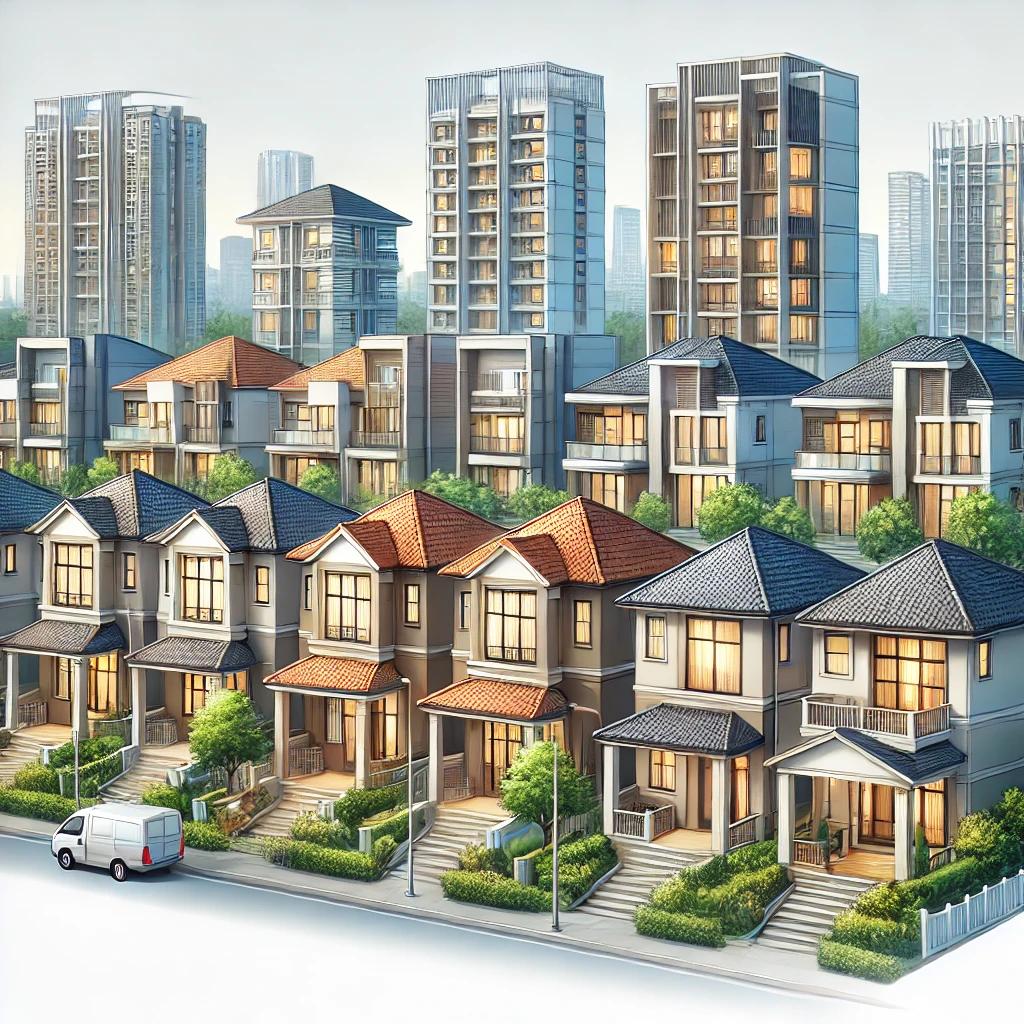When evaluating residential properties in New South Wales (NSW) for potential purchase or development, understanding the various residential zoning classifications is crucial. These classifications dictate permissible uses and activities for properties, which is vital for assessing investment potential and compliance. Here’s a detailed overview of residential zoning types in NSW, presented in a clear format.
1. Residential Zoning Types
These zoning types specify allowable uses specifically for residential properties.
| Zone Code | Zoning Type | Description |
|---|---|---|
| R1 | General Residential | Suitable for a range of housing types, including single dwellings, dual occupancies, and group homes, typically found in suburban areas. |
| R2 | Low Density Residential | Permits single dwellings and dual occupancies, emphasising low-density housing to preserve the neighbourhood’s character. |
| R3 | Medium Density Residential | Supports medium-density housing such as townhouses and villa units, usually in a garden setting. |
| R4 | High Density Residential | Allows for high-density developments like apartment buildings, facilitating higher housing numbers in urban locales. |
| R5 | Large Lot (Rural) Residential | Provides for residential housing in a rural setting, requiring larger lot sizes compared to urban residential zones. |
| E4 | Environmental Living | Permits residential housing in areas of significant environmental or scenic value, with controls to protect these attributes. |
2. Development Controls
These regulations define the rules regarding the height, density, and layout of buildings within each residential zoning type.
| Control Type | Impact on Property |
|---|---|
| Building Height | Restricts the number of storeys and overall height of buildings. |
| Floor-Space Ratio (FSR) | Dictates the total buildable area relative to the land size. |
| Lot Size | Specifies the minimum land size required for building or subdividing. |
| Setbacks | Sets required distances from the property boundary for building structures. |
3. Additional Considerations
It’s also important to review local overlays and plans that may influence residential property development.
| Aspect | Description |
|---|---|
| Local Environmental Plans (LEPs) | Outline zoning and land-use policies specific to local council areas. |
| Development Control Plans (DCPs) | Provide detailed guidelines supporting LEPs, with criteria for different types of developments. |
Conclusion
Grasping the nuances of zoning classifications helps ensure that residential developments align with local planning objectives and provide appropriate living environments.


